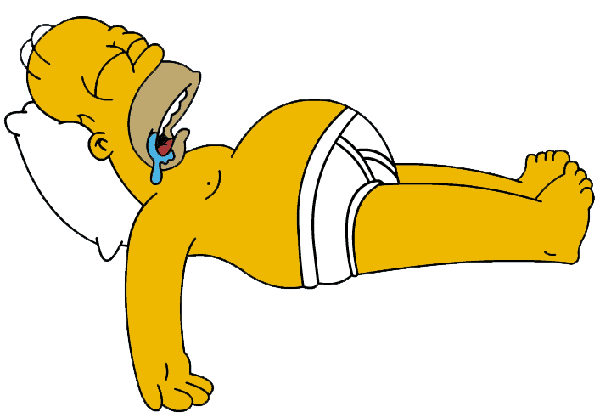I get a lot of inquiries about what training program I use. I have training goals that I’m in constant pursuit of, but I also use our staff training programs as an opportunity to experiment with new exercises, progressions, and program design strategies. In today’s post, I want to give you an inside look at a new program design strategy I’ve been experimenting with for the last couple months.
As a preface, one of the problems I battle with is finding the right balance between stress (in the true sense-meaning training, nutrition, work, and all other life-related stresses) and recovery. Simply, I’m far from proficient at walking away from uncompleted work, so I find myself trying to squeeze 25 hours into every day, for months at a time (time flies when you have your head up your ass!).

Sleep…my long lost friend
In the past, I’ve trained 4 days/week on a Lower/Upper split Monday-Thursday and just took Friday-Sunday off. There are some inherent recovery issues with this set-up, but it fill well with my time at Endeavor. About 6-months ago, I changed to a more traditional Monday, Tuesday, Thursday, Friday/Saturday split, which helped with recovery a lot (obviously). I also changed from going Lower, Upper, Lower, Upper to Upper, Lower, Upper, Lower. For me, a really heavy lower body day was completely debilitating for the upper body lift the next day, but the opposite was not true.
All of these things helped, but a couple months ago I made a change to the program that has accommodated both my increasing work demands and my unwavering pursuit of improved strength. I’m not exactly sure how I came across it (I suspect it was from one of Ben Bruno’s “Good Reads of the Week” posts), but I read a great article from Jason Ferruggia suggesting to take a 4-day program, but only train 3 days per week.
Old Schedule:
Monday: Day 1 Upper Body
Tuesday: Day 2 Lower Body
Thursday: Day 3 Upper Body
Friday: Day 4 Lower Body
New Schedule:
Monday: Day 1 Upper Body
Wednesday: Day 2 Lower Body
Friday: Day 3 Upper Body
Monday: Day 4 Lower Body
Wednesday: Day 1 Upper Body
Friday: Day 2 Lower Body
And it goes on like this. This schedule helps recovery for a few reasons:
To expand on this latter point, and this was one of the main messages of Jason’s original article, if I have a “primary” lift like a heavy chin-up or deadlift on Day 1 and Day 2, now I’ll only be performing that lift (with maximal loads) every ~10 days instead of every 7. Because these are the lifts that impose the greatest degree of neural fatigue, spreading them out a bit can have a profound impact on recovery.
Naturally, there’s a lot to consider when choosing a training frequency and overall program design schedule. As I alluded to in Program Design for Small Groups, recovery time is dependent upon both relative and absolute training loads, the latter of which will be lower in athletes with a “younger” training age.
This is the first time I’ve experimented with this training schedule and I’ve really benefited from it. I feel better than I did before and have set a few PRs in the process (as has our other coaches following the programs). It looks like I’ll be sticking with this schedule for the foreseeable future, at least until my schedule eases up a bit!
To your success,
Kevin Neeld